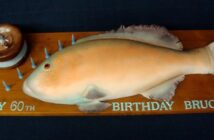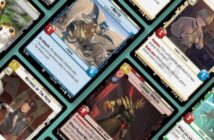Graffiti is often frowned upon for myriad reasons; however, there are a lot of positives to the art form and Jase Catherine is on a mission to prove it. Justin Felix caught up with him to discuss his passion for spray paint and the positive influence it’s having on some of today’s youth.
Art is subjective. There’s no two ways about it.
What one might perceive to be a masterpiece, another may find offensive to the eye, and perhaps the form that creates the greatest division in opinion is that of street art or graffiti.
The line between vandalism and art is easily crossed and it’s a highly debatable topic. One thing that can’t be debated though is its popularity, not only around the world, but particularly in our own backyard. In fact, Melbourne has gained international notoriety for its diverse range of street art, particularly adorning some of the most popular laneways in the CBD.
Various walls among the lanes provide artists with legal canvases to express themselves via all manner of mediums, whether it’s spray paint, stencils, stickers or wheat paste posters.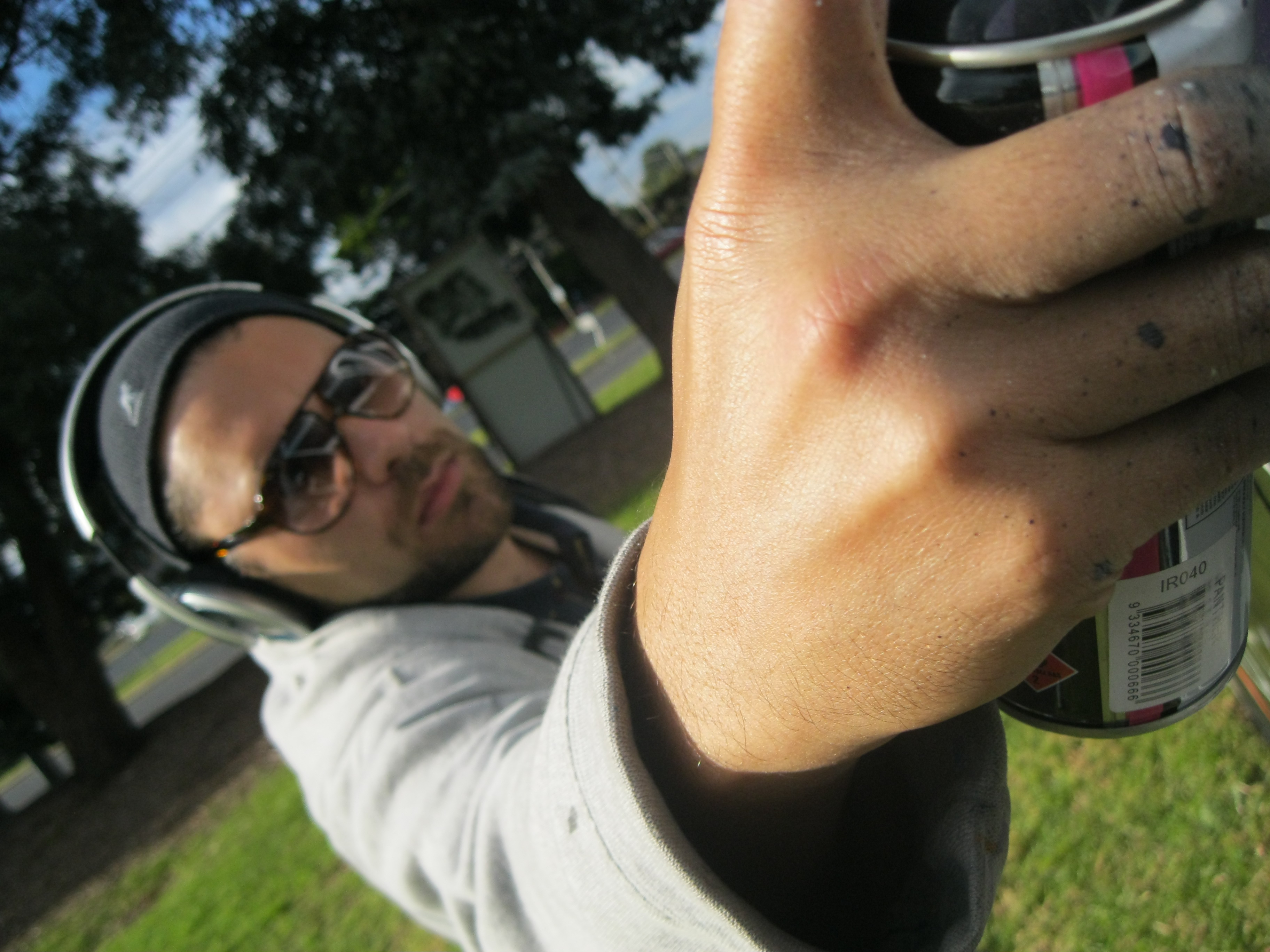
Throughout the 1970s and ’80s, much of the city’s disaffected youth were influenced by New York’s graffiti scene and the hip hop culture which the art form is very much a part of. Subsequently, it began to pop up in Melbourne’s inner suburbs with a particular focus along suburban railway and tram lines. And that’s exactly where Jase Catherine caught the bug.
“I became fascinated by graffiti as a 12 year old while catching the train to school. The train lines were covered with colours, letters and characters and I was infatuated. There were a lot of murals sprawled around my local area too.”
Then came the music influence.
“I grew up listening to funk and soul and embraced the whole breakdance culture. There were always pieces painted in the backgrounds of music videos and I probably took more notice of them than the actual performers,” he explains.
“I started by drawing in sketch books and constantly came up with an array of characters influenced by Corinella in the newspaper and shows I watched as a kid. I guess it just grew from there,” Jase says.
And it’s still growing. Unlike many who just dabble in the art form for a couple of years, Jase has since turned his love for graffiti into a career – painting for corporate events, commissioned walls, canvases, clothing, workshops and more recently as a full-time art and music teacher at Caulfield Park Community School – perhaps the most satisfying stop along his journey thus far.
“I never planned to become a teacher; it sort of just fell into place. I was doing independent workshops with aboriginal kids in the Northern Territory when a friend of mine, Donny, who worked at the school, asked me to come in and do some workshops with the students. Everything went really well and the school were impressed with the impact I left so they actually created a role for me,” Jase says.
“It’s not your ordinary school. The students don’t wear uniforms, they call teachers by their first names and most have had a pretty hard time growing up.
“A lot of them have previously dropped out of school, been in trouble with police or experienced family problems that has seen them lose their way, especially as far as education is concerned.
“It’s my job to step in and re-engage them by getting them to concentrate in a schooling environment through subjects that they’re actually interested in. With a background in art and music I work with kids who are interested in both.”
The principal has an initial meeting with prospective students before determining which teacher, also referred to as a mentor, will best suit their needs. The school is small and that’s exactly how they envisioned it from the beginning – for teachers to work with a select group of students in a community type environment.
“We use a program called Passion Based Learning whereby we discover the student’s passion; whether it’s art, music, sport or something else, and teach them about the relevant history, events or for example, the meaning behind particular song lyrics. Once the students have demonstrated a willingness to learn and attend constantly, they then enter the full-time program of traditional subjects such as English, mathematics etc. But they need to be re-engaged first.”
Jase feels as though it’s important to encourage his students to express themselves and create art that speaks to them – just as he did when he was their age.
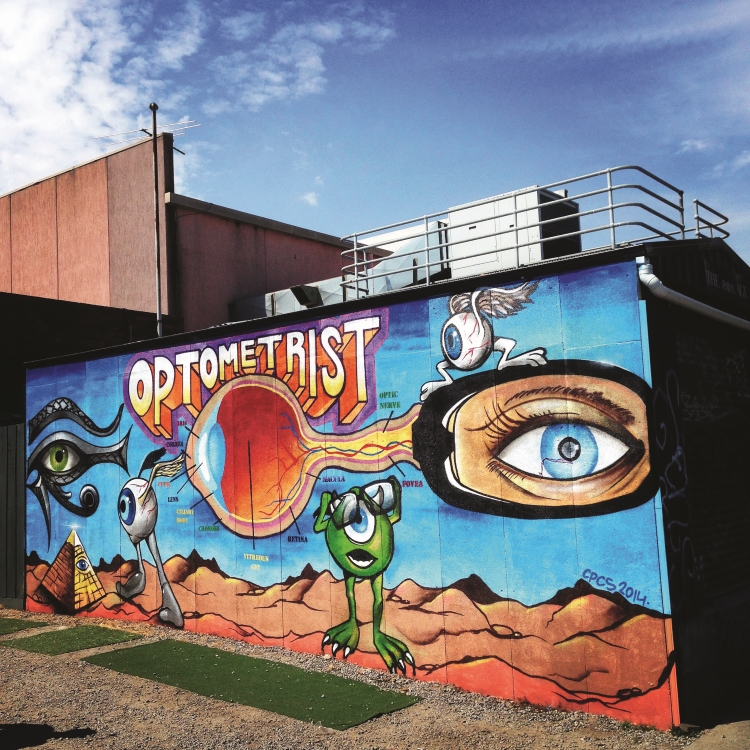
“It’s always a proud moment when I know I’ve provided the kids with the necessary tools to express themselves in a positive manner because that’s where a lot of troubles begin – within their own mind. Anxiety, anger and depression are all common traits among my students so it’s important that we provide them with a safe outlet to ‘let it all out’ so to speak.”
At the end of the day Jase hopes to instill the students with self confidence, discipline, teamwork, self awareness and a good work ethic through painting in all forms of media which they can implement into other areas of art and design or fashion.
“Street art creates opportunities for the students to develop their artistic skill which may lead them into other art fields such as finished art, graphic design, illustration, fashion, architecture, sculpturing, screen printing etc. And I think that’s an important message to send to people – the fact that skills attained through this type of art can be implemented and broadened in other areas,” Jason explains.
As a way of integrating with the local community, students are given the opportunity to clean up local businesses in exchange for wall space where they can paint murals. Before they’re able to paint though, they must brainstorm ideas, set and stick to budgets, sketch themes and collaborate effectively in a team environment.
“It’s important for us to teach the students their legal rights and graffiti laws. Graffiti is only illegal if they don’t obtain permission first and behind every property there is an owner. We teach them how to communicate with local business owners and demonstrate that if you ask politely first before showing them some of their previous work via a folio, there’s a good chance they’ll offer them some legal wall space to paint on.”
With music being another passion of many of the students, Jase has made a concerted effort to take them on excursions to local recording studios to give them an idea of potential employment opportunities.
Between all the teaching, he does still immerse himself in his own art and music… whenever time permits of course.
“I’m always trying to evolve and diversify as an artist.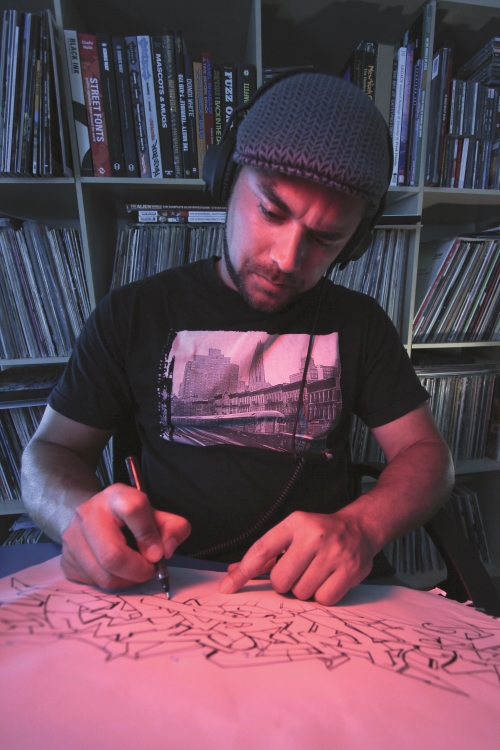
“From the beginning I’ve always loved the colours and self expression that can be achieved through street art. There are no rules and I’m only bound by my imagination.
“If I’m not painting or sketching, I’m researching and looking for inspiration. Sometimes it comes from the strangest of places too, like from toys that my son plays with. He’s into the classic Japanese anime series called Gundam that features giant robots similar to Transformers.
“I began to study their body parts and faces and have since developed letters and characters based on their physical structures. I love challenging myself as often as possible.”
After painting, designing clothes and creating music under the names Shem and Beathedz for companies like Marvel, Adidas, Ironlak , Obese and Scribe he hopes to embark on another challenge that will almost see him ‘sign off’ from street art in the public eye.
Between raising his three-year old son and expecting another child, he is planning his second album and a book that will showcase his art over the past three decades.
“My work has been published in a number of international and Australian-based publications which has been a great honour; however I’ve always dreamt of publishing my own book.
“I’m still in the early planning stages but I have a pretty good idea of what I want. I think it will be nice to leave something behind that gives back to all of the artists who have inspired and worked with me along the way,” he says with a smile.
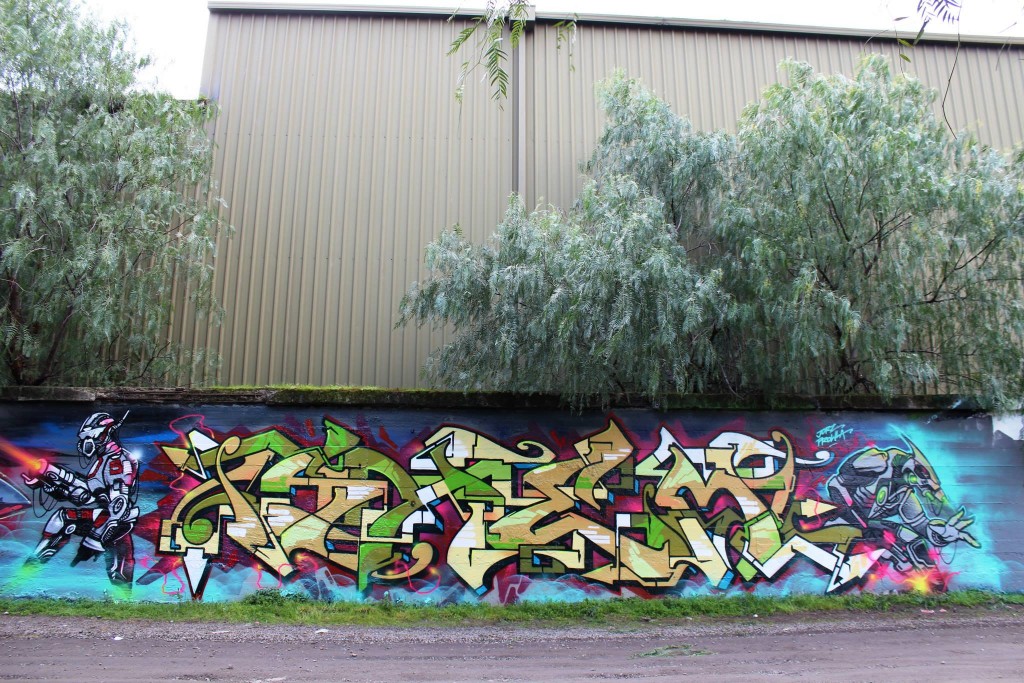
With such a passion for his craft and the future of the youth today, as well as a determination to put a positive spin on an often criticised art form, it would appear just reward.




